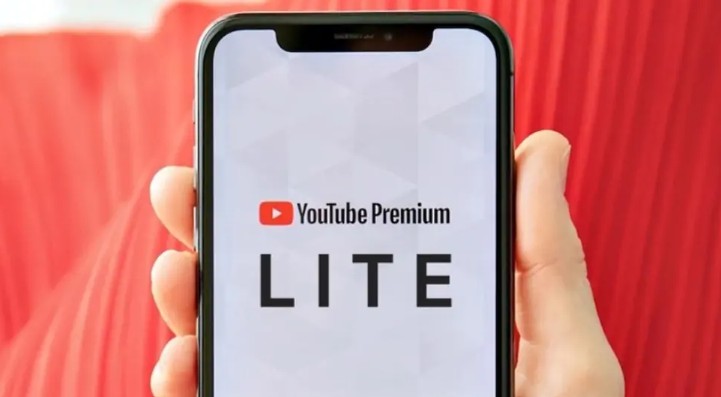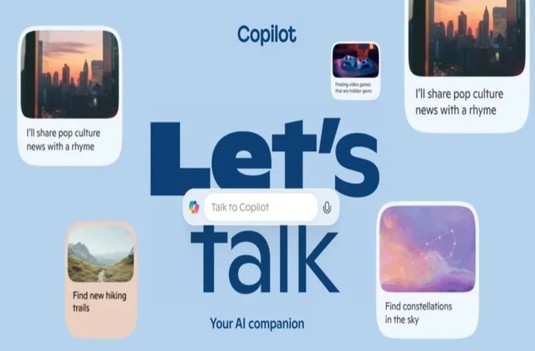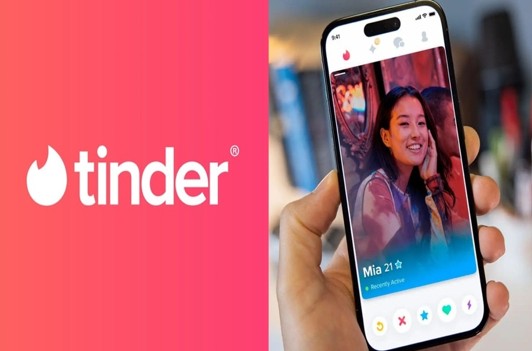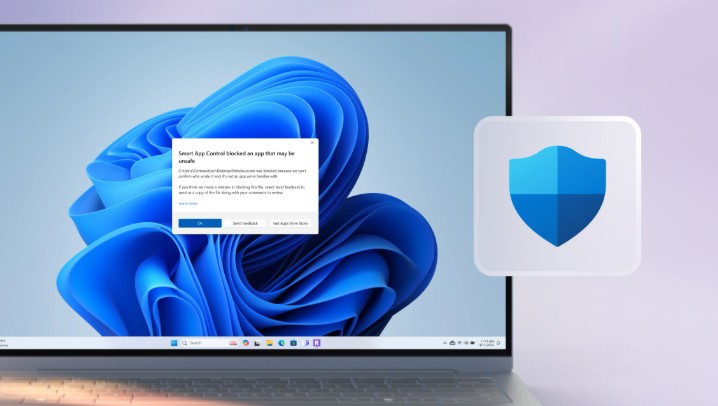Best Selling Products
Thought There Would Be No Ads, But Unexpectedly... YouTube Premium Lite Is Preparing To "Turn Around"
Nội dung
- 1. Premium Lite: A promise of “less ads”
- 2. From “less advertising” to “returning advertising”
- 3. Who will be most affected?
- 4. The “complicated” relationship between YouTube and advertising
- 4.1. The war against ad blockers
- 4.2. Increase the number and length of advertisements
- 4.3. Use AI to insert ads at the right time
- 5. The imbalance between cost and experience
- 6. Why did YouTube change its strategy?
- 6.1. Revenue pressure
- 6.2. Redirect users to full YouTube Premium
- 7. What should users do?
According to information from the news site Dexerto, Premium Lite users have started receiving notification emails from YouTube with not-so-happy content: from June 30, 2025, ads will start appearing on Shorts, music content, and when users search or browse YouTube.

In recent years, YouTube has been constantly changing its advertising strategy to optimize revenue while trying to maintain the best user experience possible. However, not all changes have been well received. Recently, in June 2025, an announcement from YouTube caused a stir in the user community: Premium Lite users will start seeing ads again from June 30 of this year.
This move has left many people confused, because Premium Lite was originally created to serve users who want to reduce advertising while still saving costs. So what is happening to YouTube and their advertising model? Is this a sign of a new direction, or a step back in the development strategy of this platform? In today's article, let's analyze in detail this controversial change, its origin, impact on users as well as things you need to keep in mind so as not to be surprised when experiencing YouTube in the future.
1. Premium Lite: A promise of “less ads”
In March 2025, YouTube officially introduced the Premium Lite package - a new option for those who do not want to pay the full price of the YouTube Premium package but still want to minimize the appearance of ads when watching videos.
At just $7.99/month, nearly half the price of YouTube Premium ($13.99/month), Premium Lite is advertised as “a solution to remove ads from most videos” that offers a more comfortable experience for regular users.
YouTube's initial message was clear: Premium Lite was the right choice for those who didn't need features like background music playback, offline video downloads, or access to YouTube Music, but still wanted to get rid of mid-roll ad interruptions.
.png)
However, just three months later, that promise began to falter.
Upgrade Youtube Premium Genuine Cheap Price
2. From “less advertising” to “returning advertising”
According to information from the news site Dexerto, Premium Lite users have started receiving notification emails from YouTube with not-so-happy content: from June 30, 2025, ads will start appearing on Shorts, music content, and when users search or browse YouTube.
The announcement is quoted in the email as follows:
“We’re writing to let you know that starting June 30, 2025, ads may appear on Shorts, in addition to music content, and when you search or browse. Most videos will remain ad-free.”
This information has been confirmed on technology forums such as TWiT Community and reported by Deskmodder (Germany), showing that this change is completely serious and has been communicated to the global user community.
3. Who will be most affected?
Although in the email, YouTube reassured that “most videos will still be ad-free,” the reality is that a significant portion of users will clearly feel this change, especially those who regularly use YouTube Shorts and listen to music on YouTube.
Specifically:
YouTube Shorts viewers: This is the group most directly affected as YouTube is pushing Shorts as a counter to TikTok. With the growing viewership, inserting ads into Shorts helps YouTube maximize revenue from the short video format.
.png)
YouTube Music Listeners: This is one of the most popular uses of the platform. Inserting ads between songs or when skipping tracks can disrupt the user's music experience, something many people avoid by subscribing to Premium Lite.
People who frequently search or browse content: While not intrusive, ads during browsing or searching can also “noise” the experience and reduce focus.
For users who only watch regular videos (vlogs, reviews, tutorials...), this change may not have too much impact. But for those who have a habit of using YouTube as a comprehensive entertainment platform (music, short videos, discovery), Premium Lite is no longer "Lite" as the original name.
4. The “complicated” relationship between YouTube and advertising
This event is not entirely surprising when looking at the big picture of the tense relationship between users and YouTube's advertising strategy in recent years.
Below are three of the most obvious signs of this "unsatisfactory" relationship.
4.1. The war against ad blockers
In 2024, YouTube officially “declared war” on ad blockers – a popular tool that millions of users around the world have installed to avoid being bothered by ads interrupting video content.
Instead of silently reducing the effectiveness of blockers, YouTube has taken a more direct approach: blocking users from watching videos unless they disable their ad blocker. The interface displays a message asking users to disable ad blockers before they can continue enjoying the content.
.png)
The move was met with immediate backlash. Across forums like Reddit, Twitter, and the YouTube Community, users expressed outrage at being “forced” to watch ads, with some even calling it “content monopoly.”
But from YouTube’s perspective, this reflects a hard-line strategy to protect advertising revenue – which accounts for the majority of the platform’s annual revenue. As more users seek to avoid ads, tightening control is inevitable if YouTube wants to maintain its own and its creators’ interests.
4.2. Increase the number and length of advertisements
Another factor that makes the user community fed up is the increasingly dense and long-lasting advertisements, especially on the free version of YouTube.
Instead of a short pre-roll ad like before, many users now have to watch two to three ads in a row, sometimes lasting up to 30 seconds or more and worse, unable to be skipped.
YouTube once pledged to “maintain a balance between advertising and user experience.” But recent changes show that the top priority is no longer audience comfort, but maximizing revenue from advertising campaigns for brands and partners.
In fact, ad insertion is not only limited to the beginning and middle of videos, but also appears in the search panel, home screen, and when switching between videos, making using YouTube increasingly tiring and less smooth, especially for those who simply want to enjoy content quickly.
4.3. Use AI to insert ads at the right time
One of the most controversial recent decisions is YouTube's public use of artificial intelligence (AI) to analyze and identify "emotional peaks" in each video, such as the climax of a match, a confessional moment in a vlog, or an unexpected "twist" in a storytelling video.
.png)
At these points, the system will intentionally insert ads, forcing viewers to “endure” an ad before returning to the most important content.
This is a strategy that has long been used on television, where commercials are often shown right before the most exciting part of a show. However, when applied to the digital environment, where audiences are accustomed to uninterrupted viewing, it quickly becomes a negative reaction.
Users believe that YouTube is “going backwards” to the traditional model, instead of bringing a new and more flexible experience as expected from the world's leading video platform.
5. The imbalance between cost and experience
In an increasingly ad-dominated landscape, YouTube's recent decision to start showing ads again to Premium Lite users is a major blow to user confidence in paid subscriptions.
Premium Lite was once intended to be an ideal option for mainstream users who wanted to eliminate most of the ads but didn’t need premium features like background music playback, offline downloads, or YouTube Music access. However, with ads now appearing on Shorts, music content, and when searching or browsing content, many feel the true value of Premium Lite is being eroded.
.png)
Is the $7.99/month price tag still worth it, when the experience isn't much different from the free version?
The answer from the user community seems to be leaning towards “No”. Because if you still have to see ads, even in some formats, Premium Lite is nothing more than a “half-baked” package: not completely free, but not premium enough to be worth the monthly fee.
Many users on Reddit and Twitter have said they feel betrayed by YouTube offering a “lite” plan and then slowly stripping away the original perks. Some have even called it a “bait”: YouTube lures users into paying with sweet promises, then changes the terms to increase revenue.
6. Why did YouTube change its strategy?
There are several reasons to explain this new move from YouTube, including:
6.1. Revenue pressure
YouTube is a crucial part of Google’s monetization ecosystem. Between the costs of maintaining the system, paying content creators, music copyright partners, developing new features, and competitive pressure from TikTok, Netflix, and Spotify, YouTube needs to maximize profits from every user group.
6.2. Redirect users to full YouTube Premium
Some analysts believe that YouTube may be “devaluing” the Lite plan to push users to the full Premium plan, where they get a completely ad-free experience, background music playback, video downloads, and access to YouTube Music Premium.
If true, this is a medium to long-term revenue growth strategy but may come at the cost of resentment from loyal users.
.png)
7. What should users do?
Faced with this situation, users can consider the following options:
Switch to the full YouTube Premium plan: If you regularly use YouTube to listen to music or watch Shorts and want to get rid of ads completely, upgrading to the Premium plan may be worth it in the long run.
Take advantage of the Family Plan: With a higher price but allowing sharing of up to 5 accounts, this is a cost-effective option if you have a group of users using it together.
Switch to another platform for music: If you use YouTube primarily for music, consider switching to Spotify, Apple Music, or other music services to avoid ads.
Review your usage habits: If you don't care about Shorts, don't listen to much music, and mostly watch regular videos, Premium Lite is still an acceptable option despite the light ads while browsing.
The change in advertising policy for Premium Lite users is a clear example of YouTube prioritizing maximizing revenue from every user segment. While their choice may make business sense, it clearly erodes trust in those who have chosen to pay to avoid ads.
Users have more and more choices, and when the experience is no longer worth the cost, they will be willing to leave the platform. That is a problem that YouTube will have to continue to weigh in the coming months, not only to retain users but also to maintain the image of a "friendly" platform as they once promoted.












































